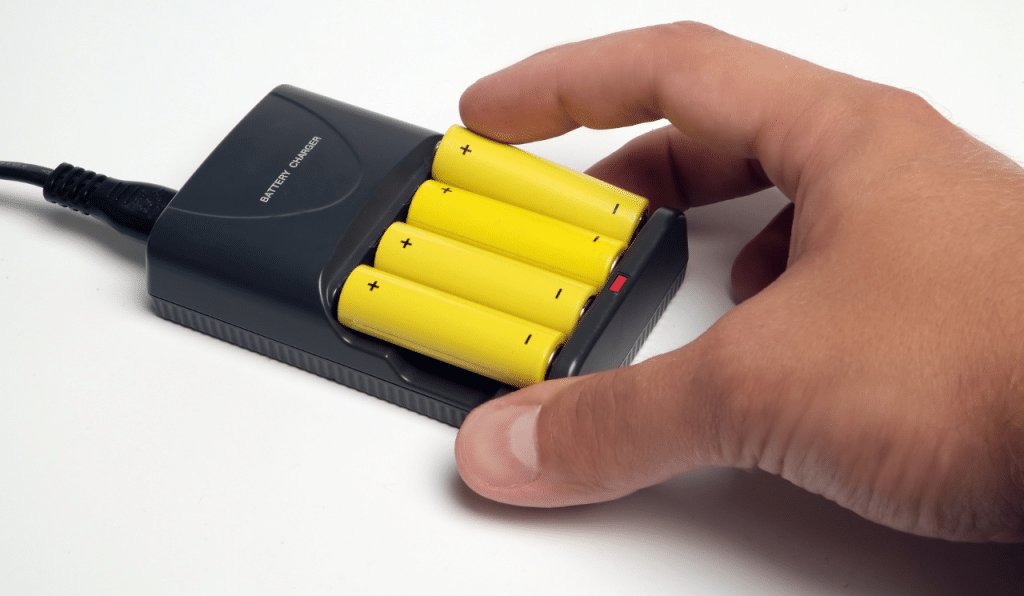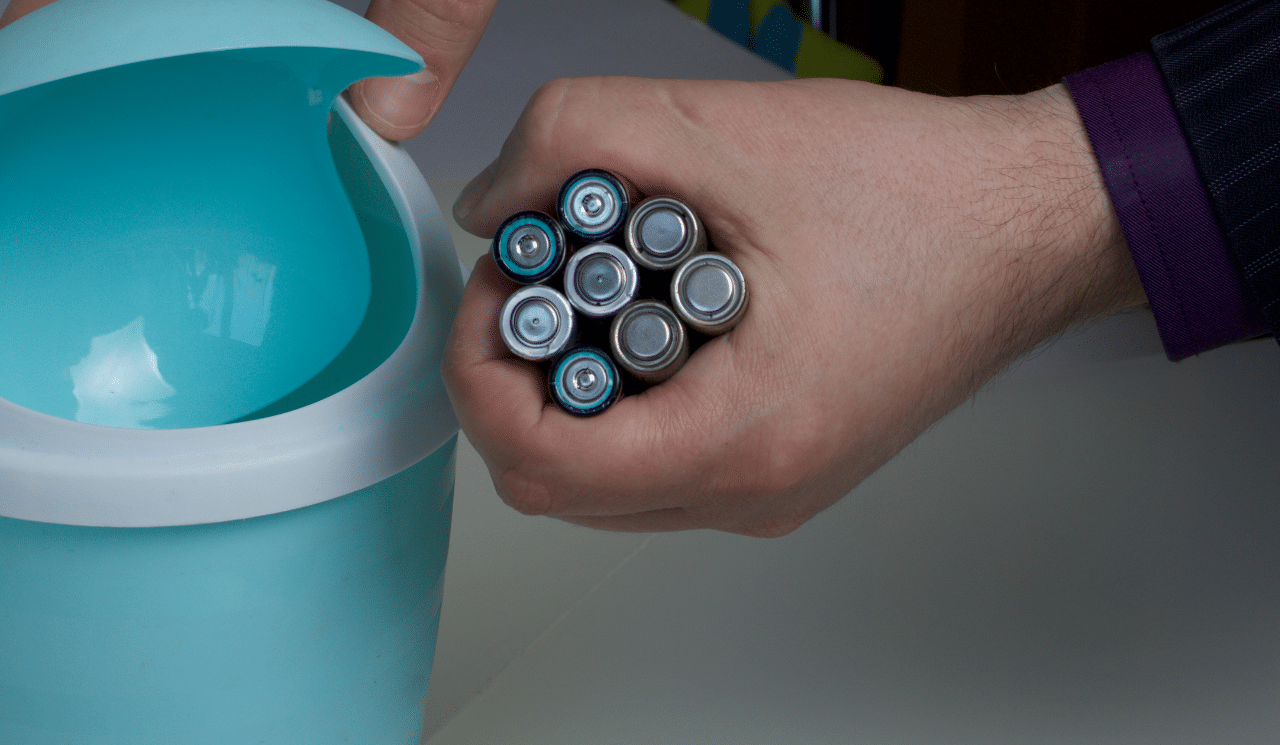In this day and age, batteries are a ubiquitous part of everyday life. They power everything from clocks and remote controls to toys and electronic devices. But with so many types of batteries available, it can be difficult to know which ones are best for your needs. In this article, we will explore the differences between disposable and rechargeable batteries and help you decide whether or not you should upgrade to rechargeable batteries in your home.
Disposable batteries, also known as primary batteries, are designed to be used once and then discarded. They are widely available and come in a variety of sizes and types, including alkaline, lithium, and zinc-carbon. Disposable batteries are ideal for devices that are used infrequently or for short periods of time, such as clocks and smoke detectors. They are also convenient for portable devices that are not near a power source, such as flashlights.
One advantage of disposable batteries is that they are convenient and easy to use. You simply insert them into the device and they start working immediately. They also have a long shelf life, so you can buy them in bulk and store them for future use. Additionally, disposable batteries are typically less expensive than rechargeable batteries, so they are a more cost-effective option in the short term.
However, disposable batteries also have a number of disadvantages. Firstly, they are not environmentally friendly. Once they are used up, they end up in landfills and can take years to decompose. This means that they contribute to the growing problem of electronic waste. Secondly, disposable batteries can be expensive in the long run. If you use a lot of batteries, the cost of constantly replacing them can add up quickly. Finally, disposable batteries may leak and cause damage to the device they are powering.

Rechargeable batteries, on the other hand, are designed to be used multiple times. They come in two types: nickel-metal hydride (NiMH) and lithium-ion (Li-ion). Rechargeable batteries are ideal for devices that are used frequently and require a lot of power, such as digital cameras and video game controllers.
One advantage of rechargeable batteries is that they are eco-friendly. They can be recharged hundreds of times and can last for years before they need to be replaced. This means that they create less waste and are better for the environment than disposable batteries. Secondly, rechargeable batteries are a more cost-effective option in the long run. Although they may be more expensive to purchase initially, you can save money over time by not having to constantly buy new batteries.
However, rechargeable batteries also have some disadvantages. Firstly, they require a charger to be recharged, which can be an additional cost. Additionally, they may lose their charge over time, even when not in use, so you need to ensure that they are charged before you use them. Finally, rechargeable batteries may not be suitable for all devices. Some devices, such as some remote controls and clocks, may not work properly with rechargeable batteries as the power output may be too high for the device.
In conclusion, if you are using batteries frequently in your home, you should consider upgrading to rechargeable batteries. They are a more eco-friendly and cost-effective option in the long run. However, if you are using batteries infrequently or for short periods of time, disposable batteries may still be a convenient option. Ultimately, the choice between disposable and rechargeable batteries will depend on your specific needs and usage habits.





